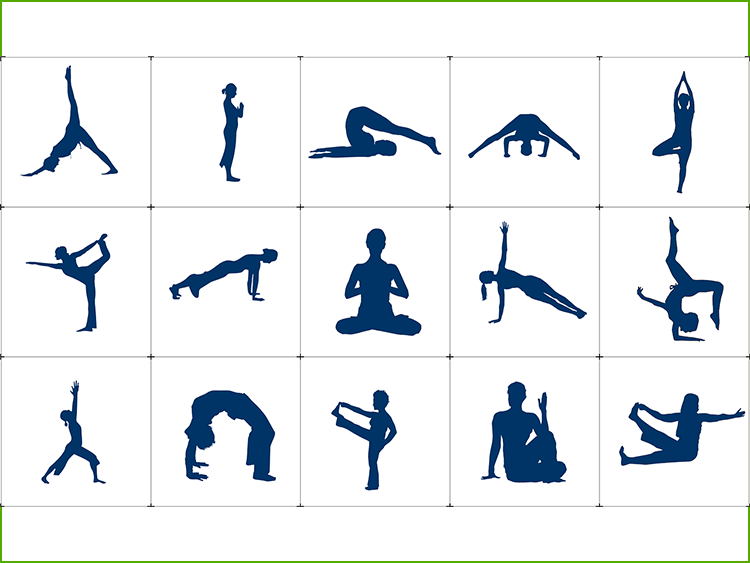
Components of an Ideal Exercise Program
In addition to the medication, exercise is recommended as an integral part of the management of Ankylosing Spondylitis. Together they can help preserve mobility and delay spinal fusion.[1]
An ideal exercise routine will compose of the following parts:
- Strength Exercises :Helps sustain and increase strength in your muscles so that it is easier to maintain the right posture.[2]
- Breathing Exercises :Helps to keep your rib cage flexible.[2]
- Mobility and Flexibility Exercises :Helps work out your joints through the available range of motion and stretches each muscle group for better balance and movement.[2]
- Cardiovascular exercises:Helps your overall fitness and increases oxygen intake.[2]
Another important factor that should be considered is the intensity, duration and frequency of the exercises. A study demonstrated that people with Ankylosing Spondylitis who did 4 to 6 hours of exercise every week, experienced fewer symptoms (like pain and stiffness) as compared to those who did not exercise at all.[1]
Together with your Physiotherapist, you can plan a daily exercise routine that will combine these exercises and help you effectively fight spinal fusion.
In a nutshell, it is important to note that exercise forms an integral part of the Ankylosing Spondylitis management. However, it’s the consistency in exercise that counts the most. Regular exercises will ensure better results.
Join the movement, exercise regularly, take the right medication and Fight Spinal Fusion.
Ask your Rheumatologist for biologics that slow down spinal fusion.
References
- Nolte K and van Rensburg CJ. Int Spor Med J. 2001;2(4)
- Back to Action. NAAS. Available [Online] at: https://nass.co.uk/wp-content/uploads/2018/08/Back-to-Action-low-resolution-version.pdfAccessed on 7 May 2019
